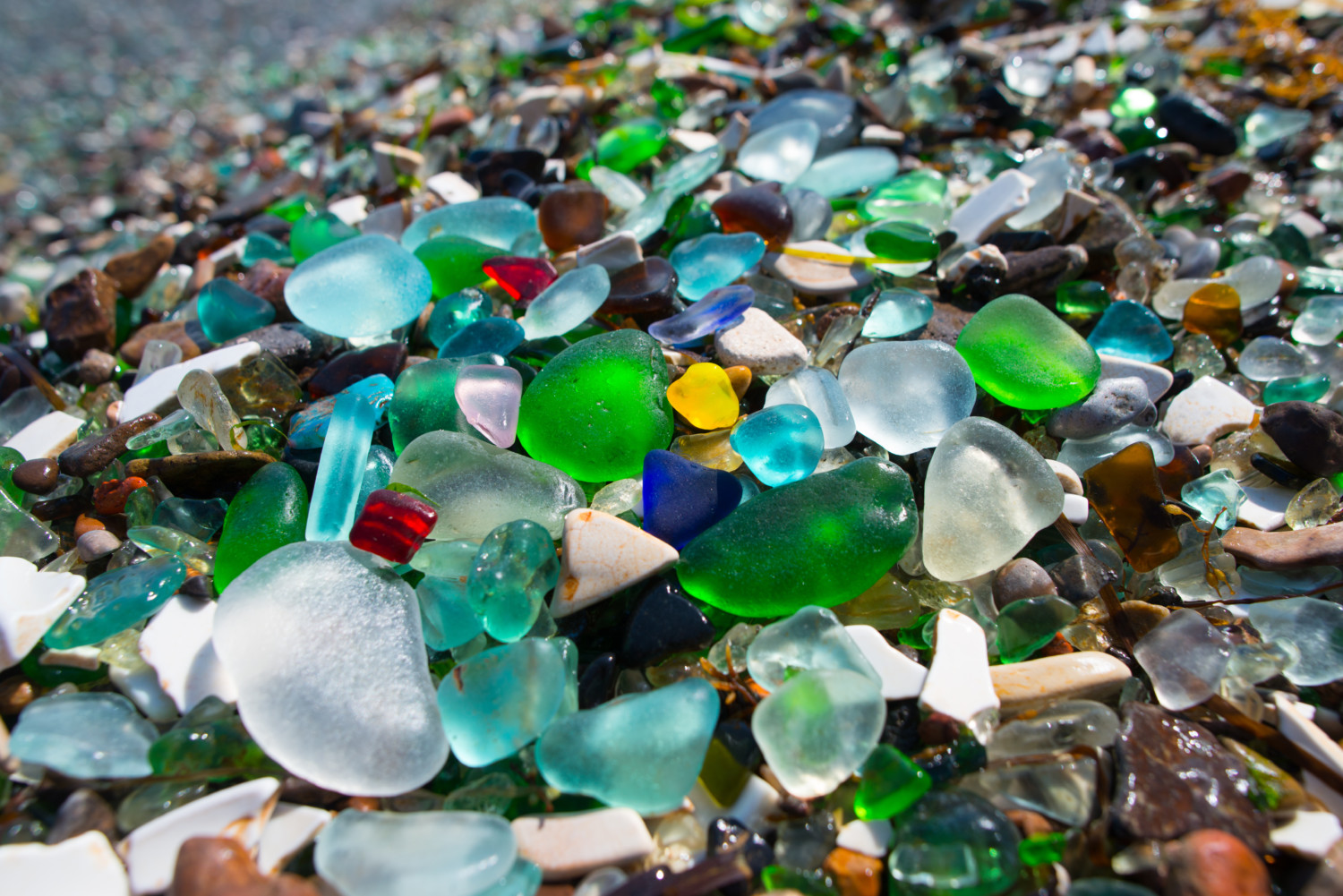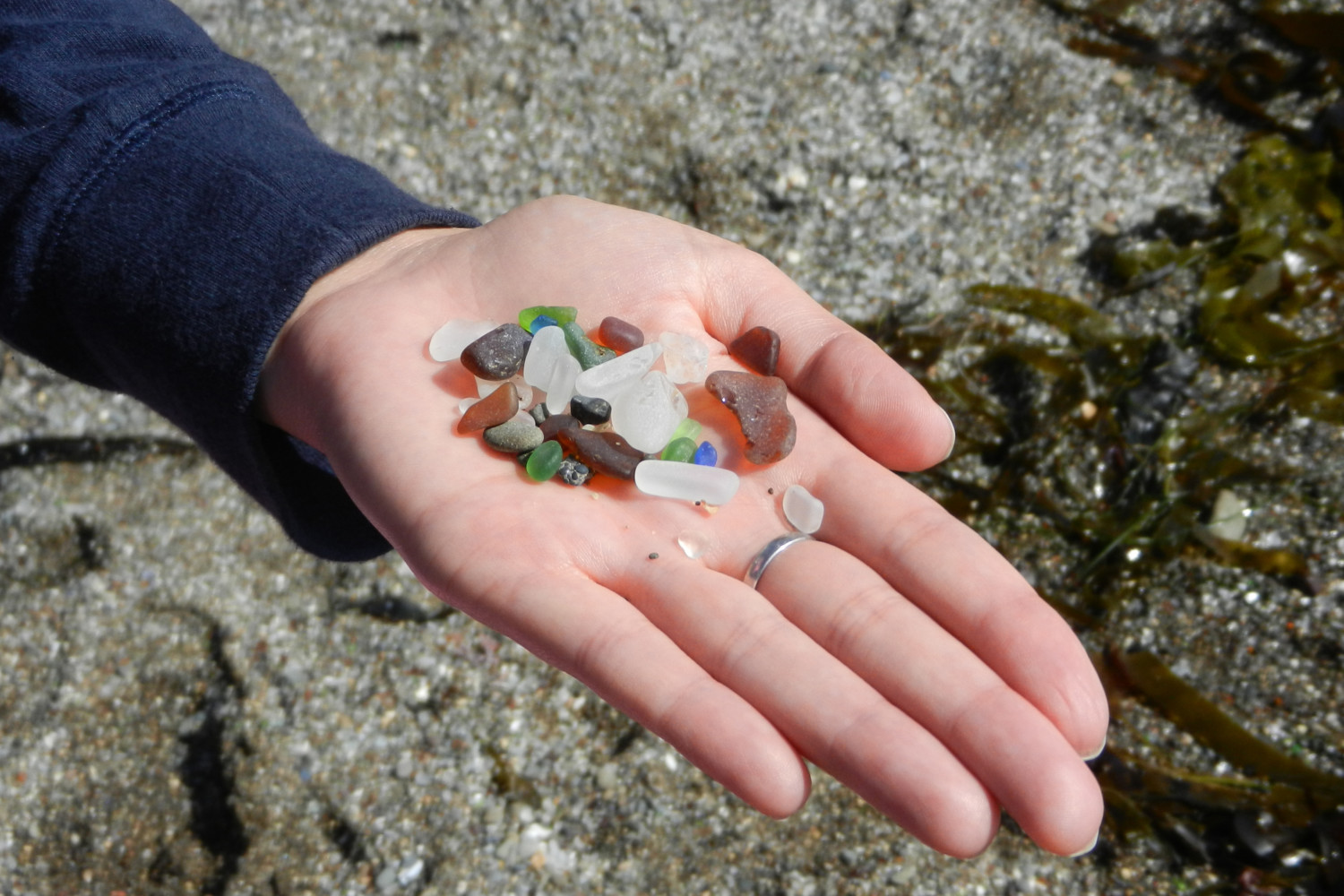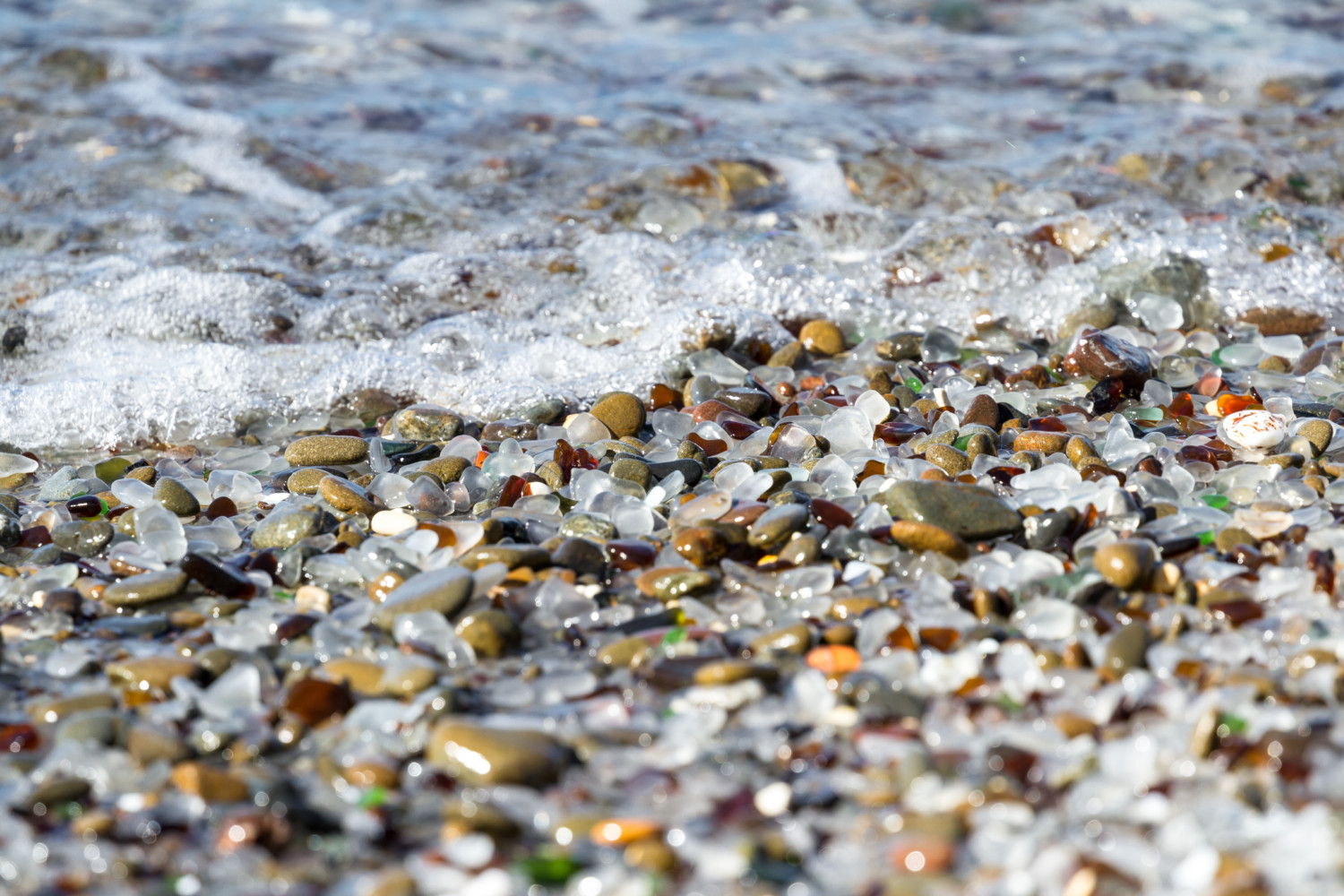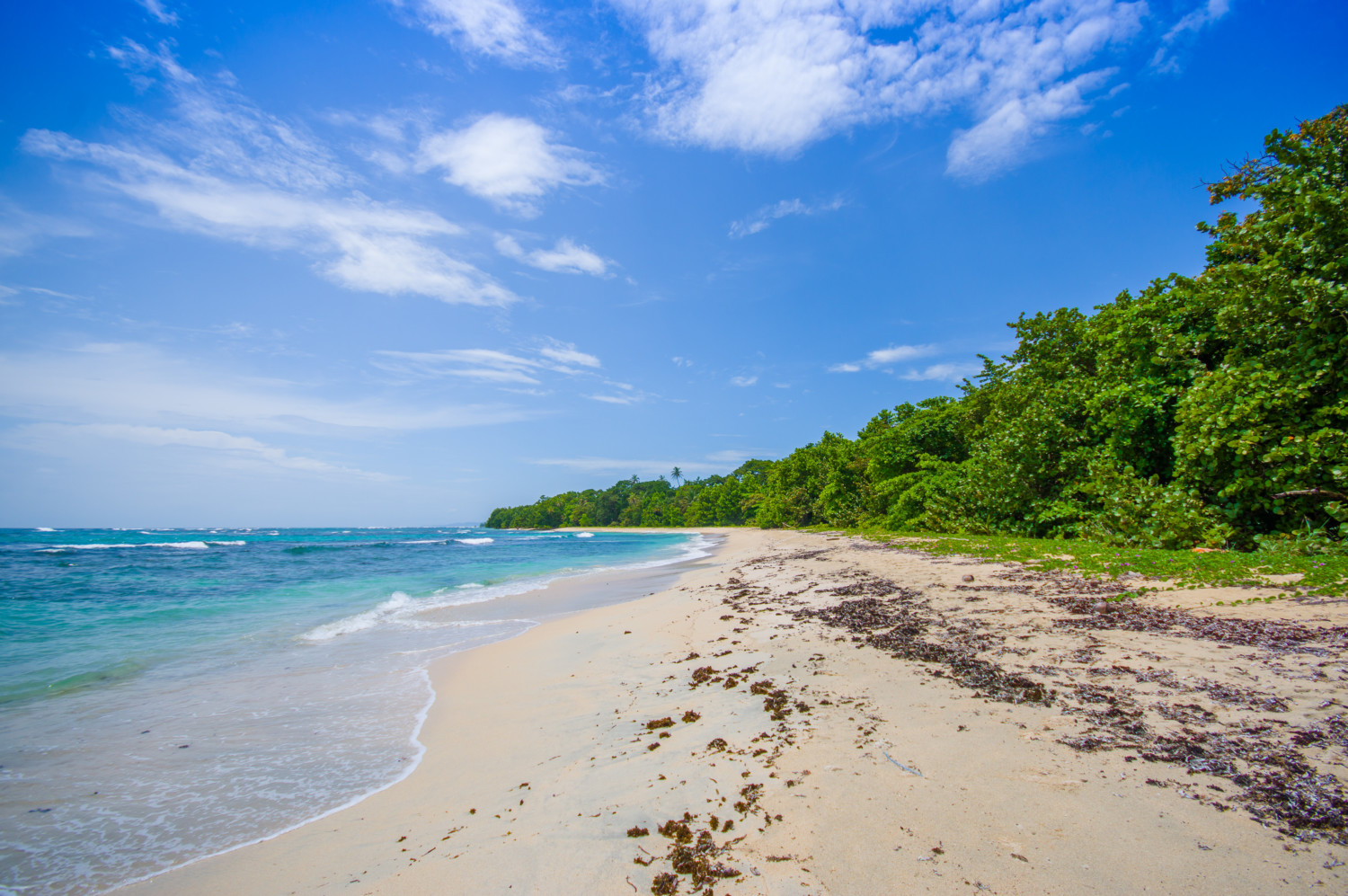The products and services mentioned below were selected independent of sales and advertising. However, Simplemost may receive a small commission from the purchase of any products or services through an affiliate link to the retailer's website.
The glittery, rainbow-colored bits of sea glass you pick up along the shores of lakes, ponds, rivers and oceans are beautiful to behold. But you might be surprised to know those colorful, worn-down glass treasures you find there aren’t a natural phenomenon.
So, what is sea glass? It’s formed from manmade glass that’s found its way into the ocean or other waterways. Much of this glass ended up in the oceans decades ago, when both glass containers and dumping trash into the ocean and public waterways was much more common. Waves and water wore down that glass into the smaller pieces that beachcombers seek out today as sea glass.
The website ScienceABC describes the creation of sea glass as being like the opposite of diamonds. Where those precious gems are made by nature and polished by man, the reverse is true in the case of sea glass.

What Is Sea Glass Also Called?
Sea glass is actually known by several names. It’s sometimes called mermaid’s tears, sea gems or beach glass, as well as some other names. While they can be synonyms, some collectors believe that sea glass and beach glass are separate things: They say sea glass is found in saltwater, and beach glass comes from freshwater.
According to a story from MarthaStewart.com, glass found in lakes and rivers is usually smoother and more translucent, while the shards found on ocean shores will have a signature frosting. The salt in the water contributes to the pH levels that give sea glass that frosty look. Additionally, MyModernMet writes that the frosting comes from additives used during glass production being dissolved by saltwater.
If you find a piece of sea glass, you’ll be holding the result of decades of work being done by nature. It takes around 20 years for a broken down bottle or larger hunk of glass to be tumbled and worn down into the sea glass you’ll find on a shoreline, Richard LaMotte, author of “Pure Sea Glass,” told Martha Stewart’s website.

LaMotte and his wife Nancy were featured in a 2008 Smithsonian article about sea glass that talks about how there is less and less of it to find today in part because we no longer dump as much trash in the ocean, but also because plastic has replaced much of the packaging that once was made with glass. The most common sea glass colors you’ll find are green, brown and white since bottles often came in these colors.
A recent segment on sea glass featured on “CBS Sunday Morning” took a look at few popular places to find the treasured rocks, including the famous Glass Beach, in Fort Bragg, California, which used to be the site of the town’s dump in the early to mid-1900s. The way the rocks sit offshore sent much of what was dumped in the ocean back to shore, hence why there’s so much sea glass there. There’s even a Sea Glass Museum in Fort Bragg, making it perhaps ground zero for lovers of this unique collectable.
What Is Sea Glass Used For?
Many people simply keep sea glass in jars or other containers to be admired but it’s used in many other ways. Artists turn it into jewelry, window displays and other artwork, repurposing this trash into treasure. You can also make faux sea glass by using rock tumblers or acid to speed up the weathering process that creates naturally made ocean glass.
While every shade of sea glass is attractive, collectors value certain colors more than others.
Pink, purple and blue are difficult to find, and yellow, red, black and gray are even more rare. Collectors are apparently thrilled when they fine an orange piece of sea glass, as that hue is particularly rare.

The best time to comb for sea glass is after a storm, when the rough ocean waves might have churned up fresh finds. You’ll also want to hunt for sea glass when it’s low tide and during particular seasonal low tides that correspond with full or new moons. More shoreline is visible and reveals more potential beach glass during low tide.
And if you’re looking for tips as to what beaches might have particularly good sea glass finds, Beachcombing Magazine has a top-10 list, including Seaham Beach in England, Queen Beach Park in Australia, Souris Beach on Canada’s Prince Edward Island and Colon Park in Puerto Rico.
There are many other sites with recommendations for where to search for this glassy treasure. You’ll want to make sure you have the right footwear, too, as sea-glass beaches can be rough and slippery.
Always check to see if the beach you’re combing has any restrictions on taking away sand, sea glass or any items you find on the shore. Certain beaches have been so picked over by sea-glass collectors that grabbing any today is prohibited.

Now that you know the answer to the question, what is sea glass, you can start your own search. Sounds like the perfect excuse for a beach vacation!
This story originally appeared on Simplemost. Checkout Simplemost for additional stories.


